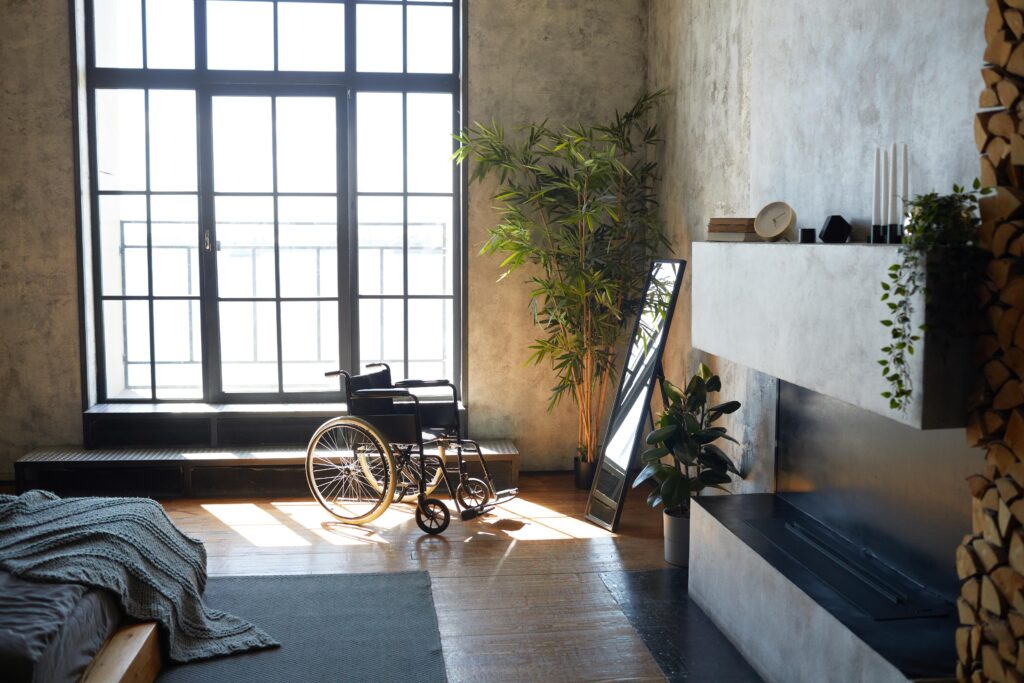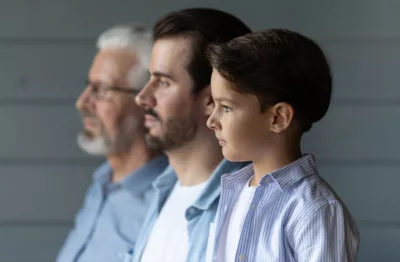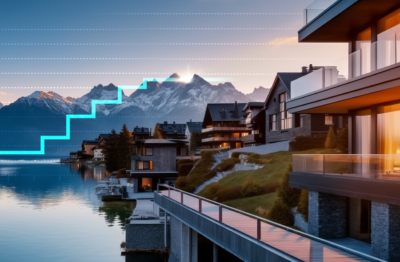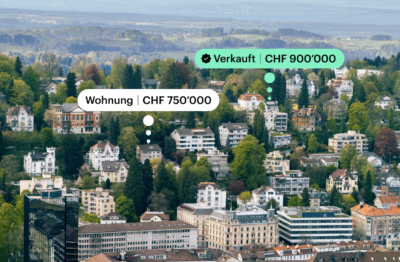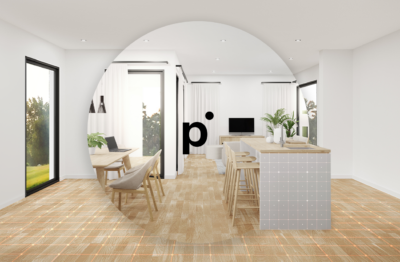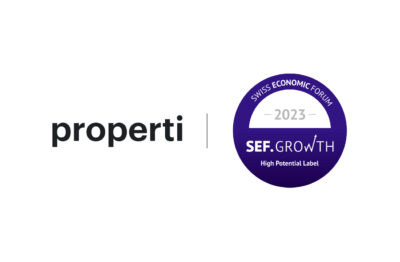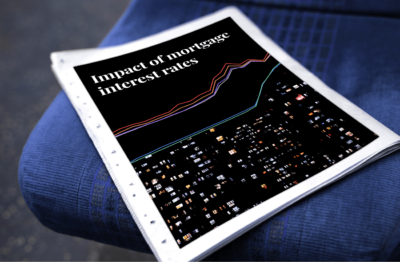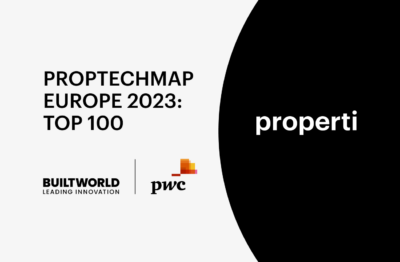Barrier-free living is more topical than ever due to the debate on inclusion and demographic change. In public facilities and buildings, obstacle-free construction is not only indispensable in Switzerland, but a prerequisite for planning permission. But private households are also increasingly having to deal with this issue.
Table of contents
TogglePeople who are still able to walk are probably less concerned about wheelchair-accessible, barrier-free living. However, accidents, illnesses or visitors with disabilities can quickly give rise to new requirements. It is also important to live barrier-free in old age. In this article, we shed light on the increasing relevance of barrier-free living for the general population and what this means for you and your real estate project.
Why is barrier-free living so important?
Barrier-free living means living without obstacles. For people in wheelchairs, but also for parents with baby carriages, even simple steps are often a difficult barrier. Trip hazards, narrow door frames, inaccessible switches and sockets or wall units at the wrong height are further obstacles for many people – be they visitors, your parents, your tenants or even yourself in a few decades’ time.
Obstacle-free building means building for everyone. This is the only way to enable everyone to be mobile and participate in social life. Due to the legal situation in Switzerland, public buildings and facilities are already barrier-free, but there is still a lot of catching up to do, especially in the private sector.
Demographic and social changes are also making obstacle-free construction increasingly important in Switzerland and other countries. This is because individual wishes and personal requirements change over time. We live in a “silver society” in which more and more older people are living in their own homes for a very long time. On the one hand, this development is beneficial for residents who live independently for longer, but it also significantly reduces the financial burden on municipalities. To ensure that this is also possible for you later on, you should think about age-appropriate living at an early stage, from a home entrance without steps to a shower enclosure with a sliding door in barrier-free design and a parking space suitable for the disabled.
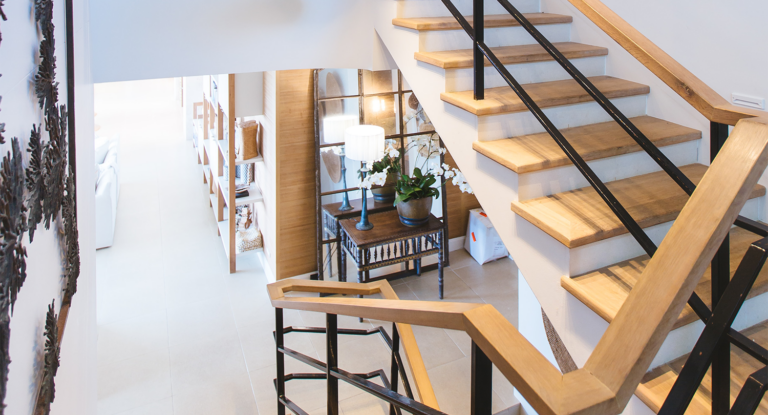
Wide doors, handrails on both sides of staircases
Obstacle-free properties offer sufficient space in the hallway and stairwell to install a stairlift, for example. In addition, continuous handrails prevent tripping hazards.
An important principle of obstacle-free construction is to initiate a fundamental rethink of building instead of special solutions. New buildings and conversions should automatically be accessible and useful for all people. Because a barrier-free, inclusive world benefits everyone. This is precisely why in many Swiss municipalities this is often a requirement for a building permit.
What are the legal regulations in Switzerland?
In Switzerland, rules for a barrier-free environment apply in public spaces and in residential construction. At federal level, the Disability Discrimination Act (BehiG) is important as it sets out minimum standards. The cantons are allowed to set even stricter requirements for the construction of wheelchair-accessible, barrier-free homes.
In addition, there is the important standard “Obstacle-free buildings” from the Swiss Society of Engineers and Architects SIA. This standard with the number SIA 500 has been valid in Switzerland since January 1, 2009. It replaces the “Disabled-friendly building” standard that has been in force since 1988. The name change is intended to express the fact that SIA 500 serves the general public with its regulations on barrier-free living.
The SIA standard at a glance: This standard was drawn up by the relevant specialist bodies and disability organizations in Switzerland. The aim is not only to implement special solutions for people with disabilities, but also to remove obstacles from the built environment and thus make it accessible and usable for everyone. The SIA 500 standard therefore also takes account of the ageing population.
However, four out of ten architects in Switzerland are still unaware that obstacle-free construction is required by law, as a study by the Psychological Institute of the University of Zurich has shown. Accordingly, obstacle-free construction is often perceived as a voluntary measure, but this is not justified.
What does barrier-free living actually look like?
According to SIA 500, barrier-free, obstacle-free living should help people with limited mobility as well as particularly tall and small people, children, people with walking aids or baby carriages, the blind and visually impaired to move around freely.
Although owner-occupied homes are exempt from the regulations on building without obstacles, it is still advisable to respect the regulations, especially when using residential property for the long term. This not only contributes to your own security, but also has a positive effect on the value of the property.
The following measures make up a barrier-free house:
- Clear, spacious room layout on one level (barrier-free apartment floor plan)
- Installation of a wheelchair-accessible elevator
- Wheelchair turning areas with an elevator of 140 cm
- Level movement areas without height differences
- House entrance with ramp or house entrance without steps
- Robust floor coverings with low rolling resistance such as laminate or tiles
- Sufficiently high and at least 100 cm wide doors and passages
- Tactile edges and handles at the right height
- Floor-level, wheelchair-accessible shower with shower seat
- Accessible washbasins
- Grab rails on the sanitary objects
- Flexible, customizable kitchen furniture with height-adjustable elements
- Building automation using smart home technology with remote control
- Wheelchair-accessible, barrier-free access to the house from the garage, terrace or balcony
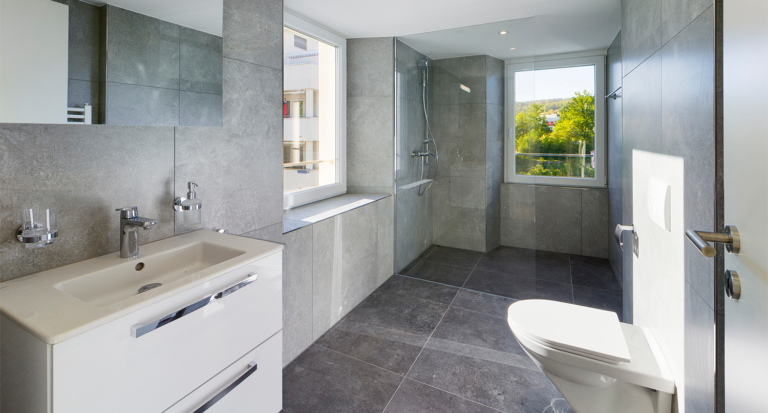
Floor-level shower and brackets on the walls
In this example, there is a floor-level shower and sufficient space between the washbasin, toilet and shower cubicle. A handrail is missing in the shower and next to the toilet to ensure barrier-free use.
How much does obstacle-free construction cost?
If you plan your property to be barrier-free from the outset, barrier-free construction is hardly more expensive. The earlier it is installed, the cheaper it is. According to a National Fund study, obstacle-free construction costs only 1.8 percent of the construction sum. It should also be noted that only a third of the measures are particularly useful for older people or people with a disability – all others are suitable for everyone.
The exact costs for barrier-free access to the house or apartment cannot be specified, as the figures can vary greatly depending on the building and requirements. It is therefore best to seek advice from an experienced architect in order to make barrier-free construction as affordable as possible.
Incidentally, many cantons offer subsidies for barrier-free, age-appropriate living. Find out about the options for a barrier-free floor plan as early as the planning phase. Ideally, the costs for the additional expenditure amount to less than two percent of the total sum.
What options are available to tenants who are dependent on barrier-free living?
It often happens that your requirements for existing living space change, for example due to an accident. In Switzerland, tenants may only carry out alterations to the apartment with the written consent of the landlord. Therefore, think about what is possible together with the landlord and arrange this in writing. This applies in particular to the question of whether the measures have to be reversed when the tenant moves out.
If the rental apartment has added value as a result of the barrier-free conversion measures when you move out, you as a tenant can even demand compensation from the landlord – provided that you have incurred your own costs.
In Switzerland, structural adaptations are often paid for by the Swiss Disability Insurance (IV). This takes care of simple and appropriate aids for people with walking disabilities. This includes structural adaptations in the apartment and in the house, whereby the landlord must also give his consent. Minimal interventions, such as designing the building entrance with a ramp, should not be a problem.
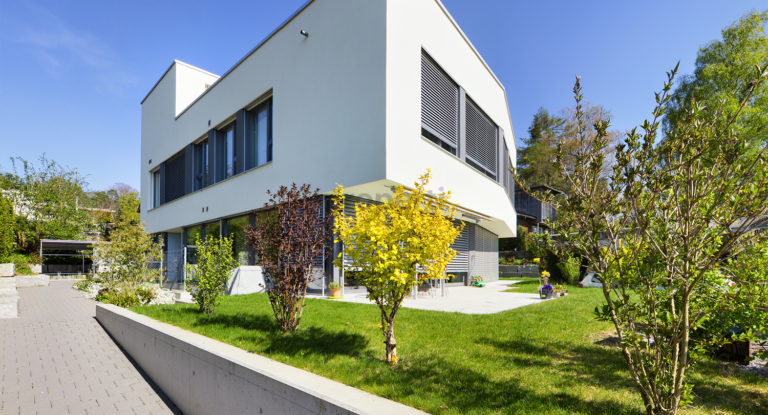
No thresholds and steps, wide paths
As in our example, the outdoor area should be designed without steps. Access via the entrance door or the terrace is possible up to a maximum height of 2.5 cm without thresholds.
Are you interested in further information on the topic of “barrier-free living” or are you looking for a competent partner for planned conversion measures? We can put you in touch with local service providers from our nationwide partner network who are suitable for you and your property project.
All data are without guarantee. The information on these Internet pages has been carefully researched. Nevertheless, no liability can be assumed for the accuracy of the information provided.
